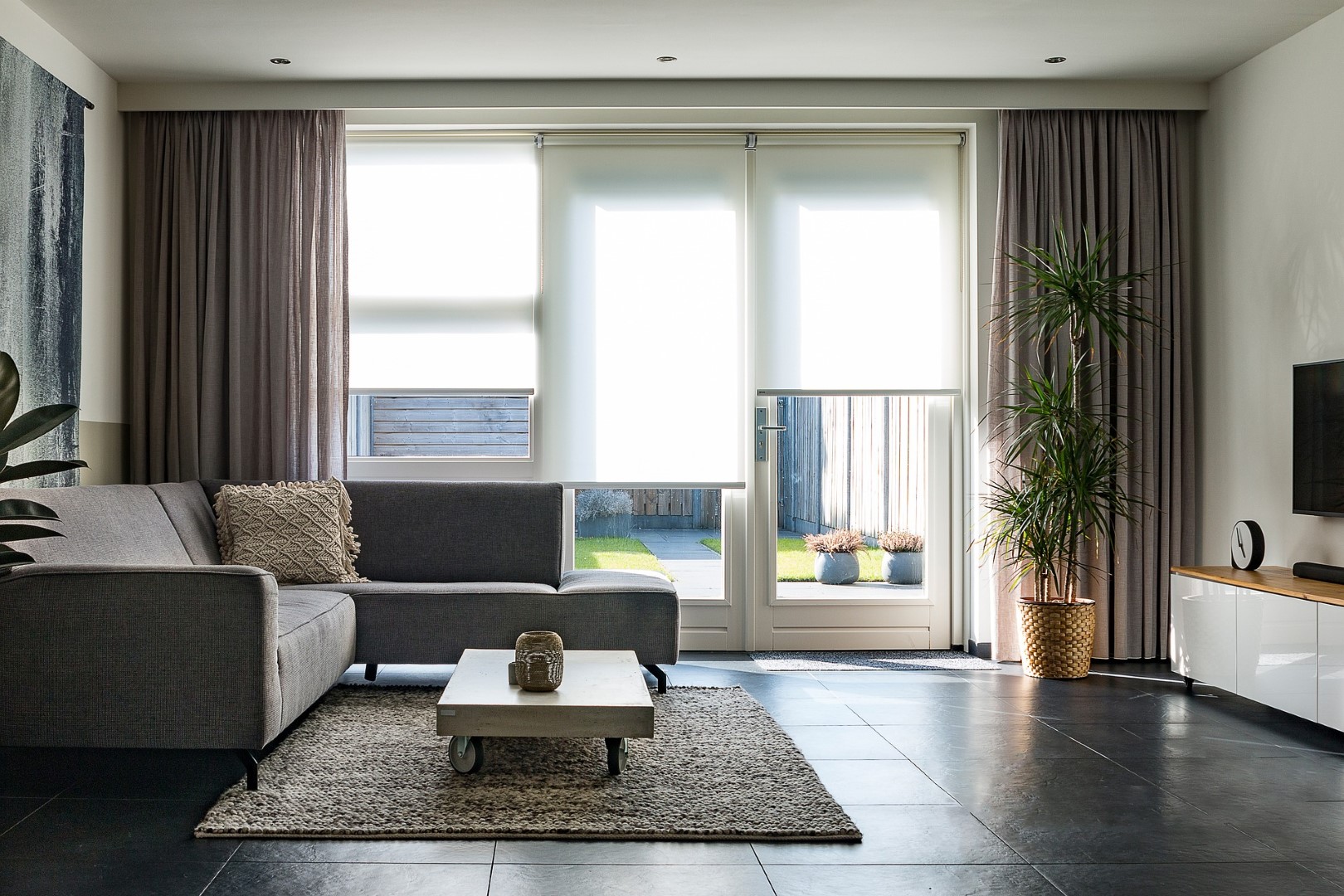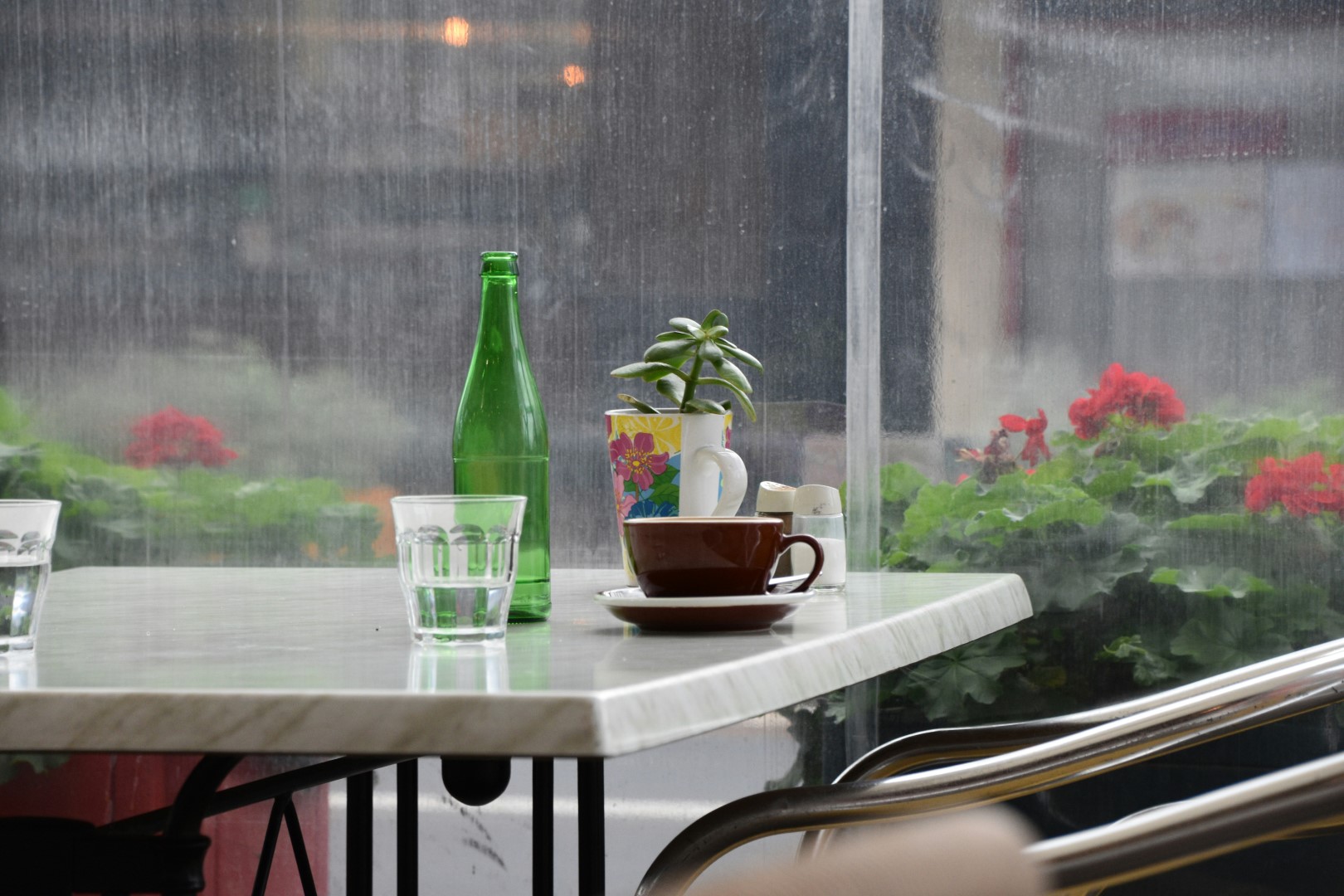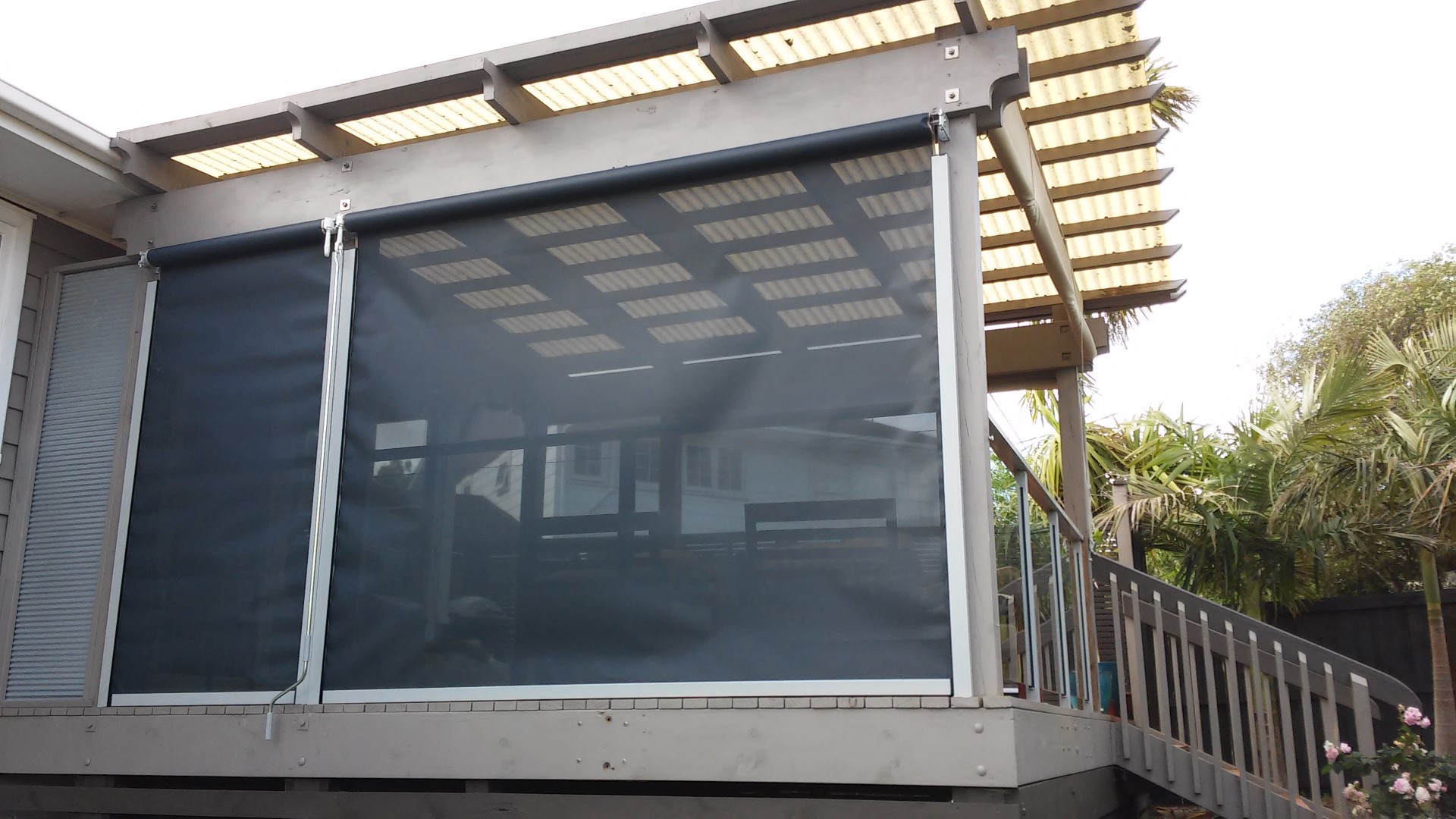As global temperatures climb and the demand for indoor cooling grows, the world faces a pressing energy challenge. The International Energy Agency (IEA) reports that energy consumption for space cooling is on track to more than double by 2050, unless urgent steps are taken to improve energy efficiency and implement passive cooling strategies.
One of the most effective, low-impact ways to reduce cooling energy use is by using external shading solutions – namely, awnings and blinds. These simple additions to your home or business can make a substantial difference, both environmentally and economically.
Why Shading Matters
According to the IEA, passive cooling techniques – like shading – can reduce indoor temperatures by several degrees, lowering the reliance on air conditioning. That translates to lower energy consumption, fewer carbon emissions, and reduced strain on the power grid during peak summer months.
External shading products like awnings and outdoor blinds block solar heat gain before it even enters your home, making them much more effective than internal curtains or blinds alone.
The Role of Awnings in Cooling Efficiency
Awnings are fixed or retractable coverings installed above windows, patios, or doors. They provide shade and help shield your space from direct sunlight. By doing so, they:
✅ Lower indoor temperatures naturally
✅ Reduce cooling costs and energy usage
✅ Protect furnishings and flooring from UV damage
✅ Add style and functionality to outdoor living areas
According to research, awnings can cut solar heat gain by up to 77% on west-facing windows (US Dept of Energy) – a significant reduction that directly lowers air conditioning needs.
The Cooling Benefits of Blinds
Blinds, especially external drop-down blinds like Solarzip or Bannette™ systems, are another effective way to control heat and glare. Installed over patios, windows, or pergola openings, they provide:
✅ Flexible sun control throughout the day
✅ Protection from wind and rain
✅ Improved privacy without blocking natural light
✅ An insulating layer that reduces heat loss in winter
By reducing direct solar exposure on your windows and glass doors, blinds help maintain a more stable indoor temperature, contributing to year-round energy efficiency.
Combining Awnings + Blinds for Maximum Impact
For the best results, many homes and businesses combine both awnings and blinds for multi-directional sun control. For instance, awnings can shade overhead sun exposure, while vertical blinds can manage lower sun angles and wind protection.
This layered approach enhances comfort, extends outdoor usability, and further reduces the need for air conditioning.
Both awnings and outdoor blinds are an easy-to-implement, cost-effective way to tackle the growing problem of energy demand for cooling. They align with the IEA’s recommendation to use passive cooling strategies as part of a broader effort to build energy-resilient and climate-friendly homes and businesses.
The IEA’s Space Cooling report makes it clear: the way we cool our buildings must change. By investing in awnings and blinds, we not only improve our comfort but also contribute to a sustainable, low-energy future.





